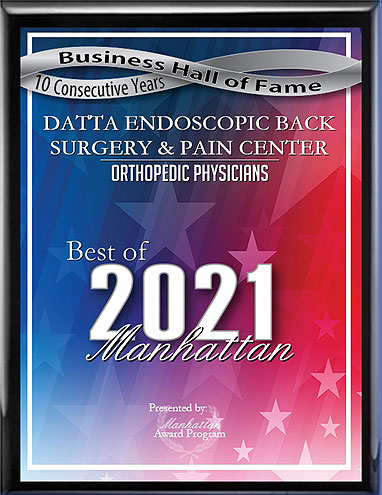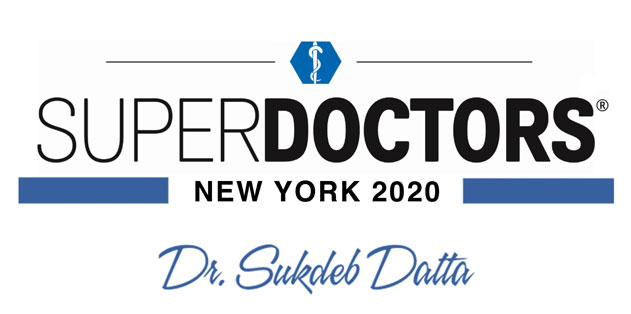Posted on February 26, 2015
Spine surgery involves operating on one of the most delicate and essential parts of the body. Therefore, it's especially important to find a doctor with great clinical skills if you have been recommended to have an operation to relieve your back pain.
Types of Spine Surgery
Often, surgery on the spine is used to remove excess tissue that presses against the nerve roots or spinal cords. Surgical treatment for herniated discs, bulging discs, bone spurs, and more, all focus on this goal.
Posted on February 26, 2015
If you suffer from chronic back pain, it's important to get treatment as soon as possible. Pain can have a detrimental effect on many aspects of life: personal relationships, work performance, and overall quality of life are all affected. Chronic pain is associated with a variety of other health problems:
Depression
Anxiety
Insomnia
Posted on February 26, 2015
Herniated discs are an extremely common cause of chronic back pain. They can develop slowly as a result of aging, or suddenly due to a traumatic event. The symptoms include severe pain in the back and limbs, numbness in the limbs, muscle weakness, sciatica, and more.
Posted on February 26, 2015
Sciatica occurs when the sciatic nerve, the longest and thickest nerve in the body, becomes irritated or compressed. This can occur due to a spinal condition such as lumbar spinal stenosis, or more rarely as a result of variant anatomy. The symptoms of sciatica can be severe, but the condition is quite treatable.
Pain Management
As you go through treatment, you can be proactive about your pain management by building habits that help relieve pain and prevent it from recurring. Methods include:
Posted on February 26, 2015
The lower back is the most common area of the back for people to experience pain and other back problems. The lumbar spine carries much more weight than the neck or upper back, while still having a relatively large range of motion. All this means that injury and wear and tear are relatively common.
Lower back pain reduce your mobility, activity level, and quality of life. It can also have an effect on overall physical and emotional health; chronic pain is associated with insomnia, decreased immune response, and mood disorders.
Posted on February 26, 2015
Tension in the lower back, hamstrings, and piriformis muscle can all contribute to sciatica pain. There are a variety of at-home stretches you can perform to help relieve relieve your sciatica symptoms by promoting good circulation and posture.
Posted on February 26, 2015
Bed rest is often a good way to increase sciatica pain; although a couple days of rest can reduce inflammation in certain cases, refraining from activity for any longer is detrimental. The right exercises can reduce pain by strengthening the core and back muscles, improving posture, and increasing fluid exchange in the discs. Good exercises for sciatica include:
Posted on February 26, 2015
Sciatica is compression or irritation of the sciatic nerve, which runs from the lower back down through the leg. It is characterized by pain that radiates from the lower back to the lower leg. Some people experience excruciating pain which can even inhibit walking and other normal activities; for others, symptoms are more mild.
Sciatica is a symptom; the underlying cause varies, and affects the approach to treatment. It may be caused by:
Herniated discs
Posted on February 26, 2015
Herniated discs are a common spinal problem. When a disc herniates, the inner portion (nucleus pulposus) pushes through a ruptured part of the outer portion (annulus fibrosus). This can occur either due to a specific accident, or as a result of aging, obesity, or pregnancy. If the herniation presses against the nerve roots or spinal cord, it can result in symptoms that can have a serious impact on quality of life.
Symptoms: When to Seek Treatment
Posted on February 26, 2015
The intervertebral discs lie between each of the vertebrae (bones) in the spine. They serve to facilitate movement and cushion the vertebrae from one another. When a disc is damaged or ruptured, it can press against the spinal cord or nerve roots, causing pain and other neurological symptoms. A herniated disc occurs when the outer portion of the disc ruptures, allowing the inner portion to bulge out at one or more locations.






 EDISCSCULPT
EDISCSCULPT



